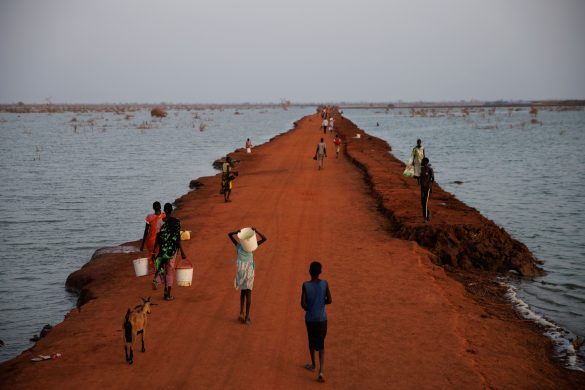Eksperterne er enige: Vi er dårligt forberedt på at forebygge og håndtere katastrofer og nødsituationer i byområder. Det være sig i forbindelse med jordskælv, borgerkrig eller atomkraft-ulykker. Nødhjælpsgrupper står over for helt nye udfordringer.
BANGKOK, 10. januar, 2013 (IRIN): Electrical engineers and hazardous waste experts join emergency rosters. Power mapping becomes as important as hazard mapping in emergency prevention and response.
#fragilecities shows up as often as #fragilestates in Twitter searches. Humanitarian science fiction? No, welcome to what demographers call the new urban millennium and the challenges, as well as changes, aid groups face responding to emergencies in urban areas.
“People are using the same recipe from a rural camp situation in cities. Aid tools and strategies have been cut and paste. This does not work,” said the director of the France-based research, training and evaluation NGO, Urgence, Réhabilitation et Développement (URD), François Grünewald, who has researched urban risks and responses for more than a decade.
It is not enough to ask “Did we do it right?” by meeting basic humanitarian aid standards known as SPHERE, but also, “Did we do the right thing?” said Grünewald.
More often than not, the answer has been no, he concluded.
IRIN analysed evaluations to highlight some lessons emerging from recent urban disasters. What follows are challenges and recommendations reported by groups from Manila to Mogadishu; insights from experts consulted over the past year; and an “urban” aid toolbox organizations have begun assembling but which they admit is far from complete.
Experts generally agree: Humanitarians are still ill-prepared for urban emergencies, whether it be civil conflict in Syria or a “complex” disaster like Japan’s 2011 earthquake followed by a tsunami, resulting in fires, chemical spills and nuclear power accidents.
Læs videre på: http://www.irinnews.org/In-Depth/97199/102/














